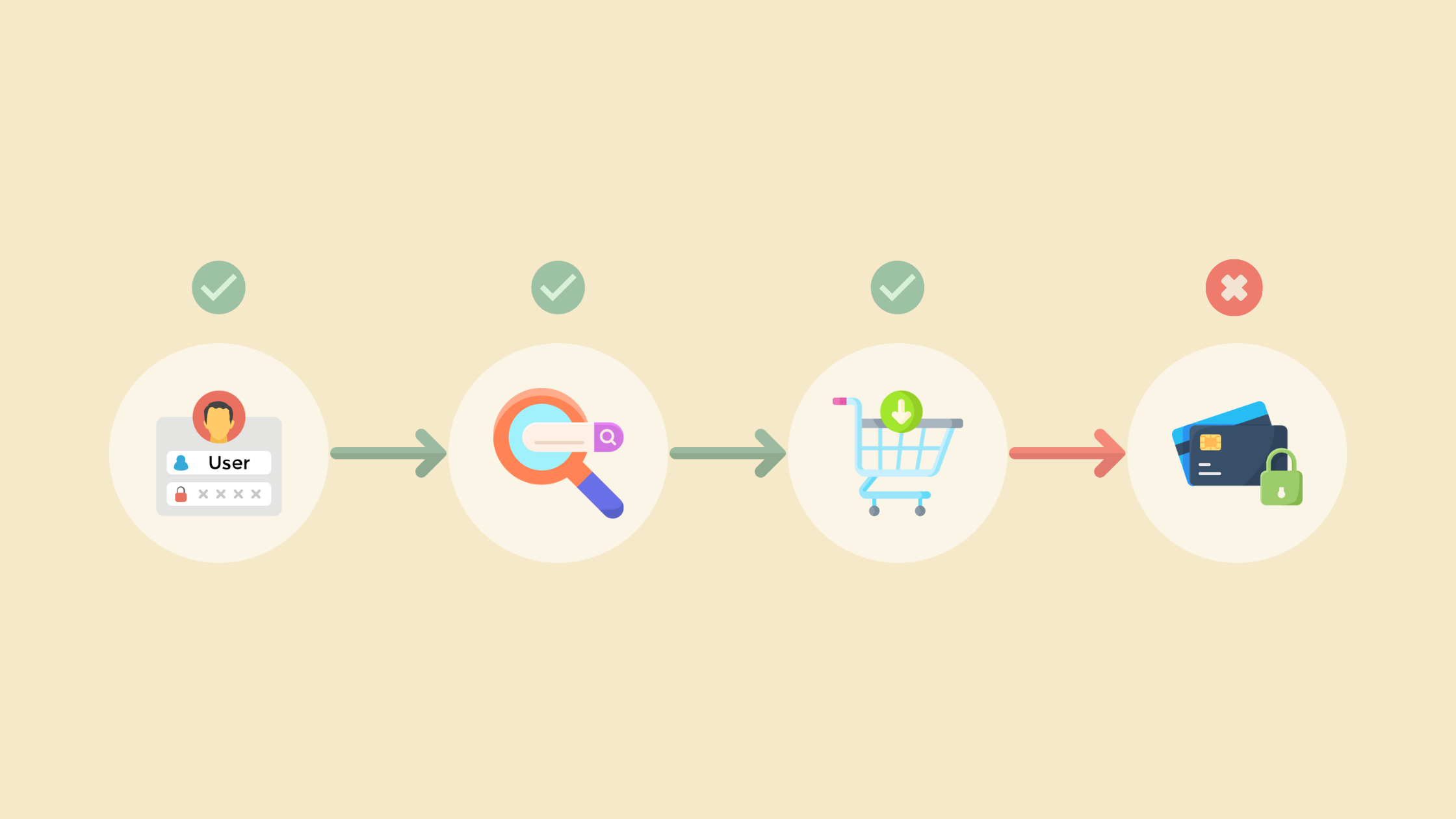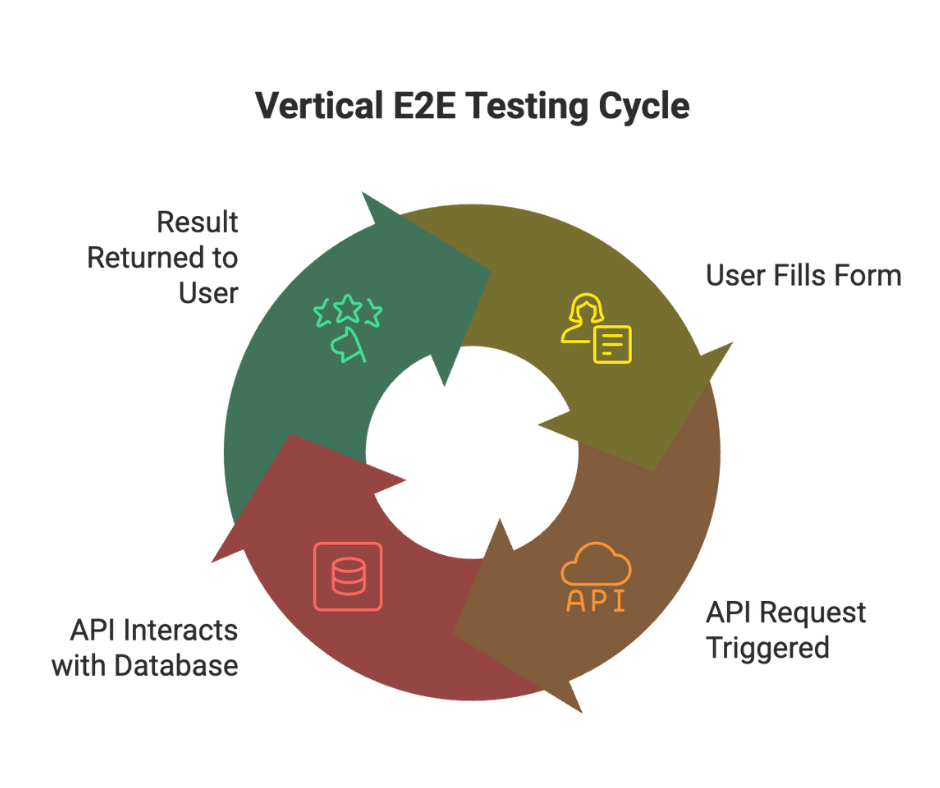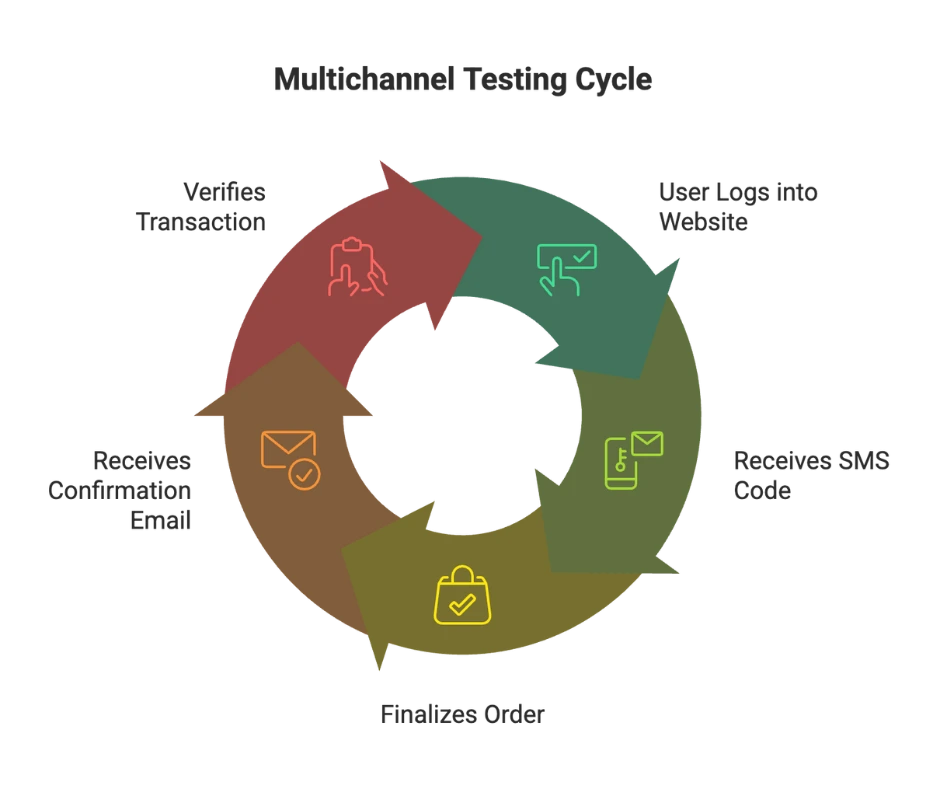CHANNELS
Features

Ensuring that an application or website works properly is not limited to checking a single feature.
End-to-end testing, or E2E testing, simulates a complete user journey to guarantee a smooth, error-free experience.
This guide explains what E2E testing is, how it works, and why it has become essential in modern digital projects.
Summary
1.
What is an end-to-end (E2E) test?
2.
Why is E2E testing essential for the user experience?
3.
What types of products can be tested in E2E?
4.
The different types of end-to-end tests
5.
How to set up an effective E2E test?
6.
Advantages and limitations of E2E testing
7.
How kapptivate helps overcome these limitations
8
In summary: make your digital journeys more reliable with E2E testing
9.
10.
End-to-end testing is a software verification method that involves testing a complete user journey, from start to finish, in conditions that are as close to reality as possible.
E2E testing reproduces the entire behavior of the end user - unlike unit tests, which focus on a single function, or integration tests, which validate communication between modules.
It does not only apply to complex software. It is also ideal for validating web products such as websites, online applications, or mobile apps, accessible via a browser or a connected device.
Furthermore, it is not only applicable to complex software. It is also ideal for validating digital products such as websites, online applications accessible via a browser, or mobile apps.
For example: logging into an account, searching
Today, even a minor interruption in the customer journey can have a direct impact on revenue or user satisfaction. This is why E2E testing is essential: it allows you to detect real malfunctions, including those that fall outside the scope of more technically focused tests.
By simulating real interaction, end-to-end testing:
They apply to all products accessible via a browser or mobile device:
With kapptivate, it is possible to test complex scenarios such as:
There are several ways to approach an E2E test, depending on the application architecture, the type of path to be validated, and business constraints. There are three main types of E2E tests: horizontal, vertical, and multichannel.
Horizontal tests consist of verifying the functional continuity of a user journey within a single application. These are scenarios covering several modules or features, but always in a homogeneous environment (e.g. the same website or application interface).
A typical example in an e-commerce site:
This type of test is ideal for validating the entire purchasing journey from the end user's perspective and detecting any potential friction points.
kapptivate makes it easy to create these horizontal E2E scenarios visually, without code, and to replay them on different browsers and devices to ensure stable and consistent behavior.

Vertical tests focus more on the technical depth of the journey. The aim is to test each layer of the system, from the user interface to the database or third-party services.
Example :
This type of test is often used for critical features, where a single bug can block the entire chain.

Multichannel testing is now a major challenge for companies whose user journeys involve multiple environments or media.
These tests simulate scenarios where the user interacts with multiple systems or interfaces, for example:
These journeys are highly representative of modern user practices: secure sign-up processes, two-step payments, access to customer portals, and more.
Thanks to its ability to run on real devices, kapptivate can orchestrate these complex scenarios seamlessly, including channel switching, email navigation, OTP retrieval, API interaction, etc.

Steps to create a relevant end-to-end test:
With kapptivate, implementation is made easy thanks to a low-code interface, a versioning system, execution on real devices and one-click test relaunch.
Once created, tests can be run at regular intervals to act as monitoring scenarios.
This monitoring allows you to:
Among its main advantages:
Although powerful, E2E tests are not without their limitations. They can become complex to manage, especially without the right tools.
Here are the main limitations to be aware of:
Stability can sometimes be difficult to guarantee: some tests may fail due to an incomplete test environment, external dependencies or variable response times.
kapptivate was designed specifically to address these challenges. Thanks to its low-code platform, E2E scenarios are:
In addition, tests can be replayed with a single click and scheduled over time, transforming your testing campaign into an intelligent and autonomous monitoring tool.
Guaranteeing the quality of a digital product requires validating the entire journey under real browsing conditions to ensure that everything works from start to finish.
To automate and improve the reliability of this process, kapptivate offers a powerful, easy-to-use platform that can run your scenarios on real devices, generate comprehensive reports, and transform your tests into proactive monitoring.
